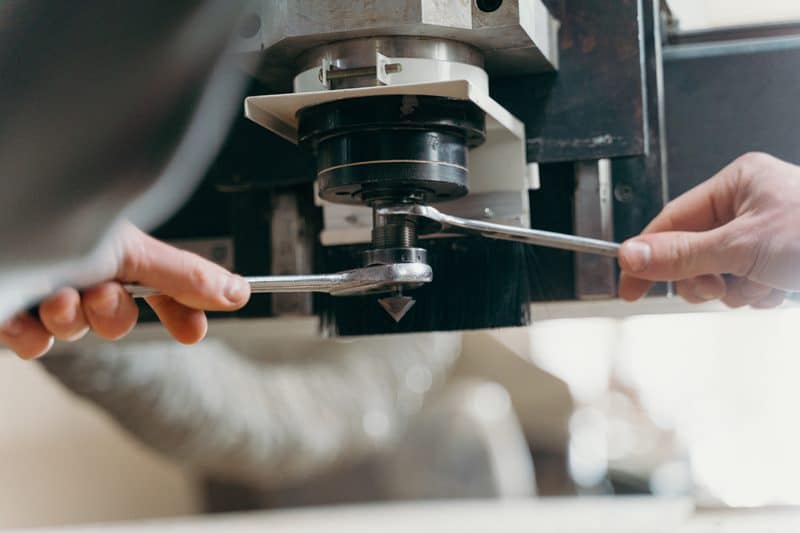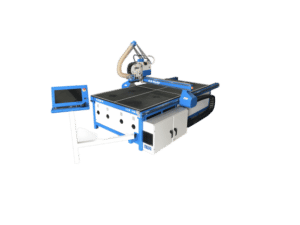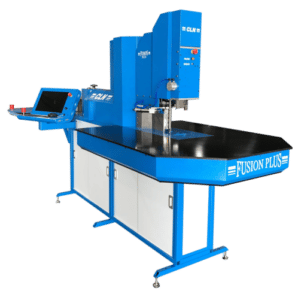CNC machines are crucial assets for industries relying on precision machining processes. These machines offer exceptional efficiency and accuracy, enabling businesses to achieve high-quality production. However, to maintain their optimal performance and extend their lifespan, CNC machines require regular care and maintenance. By following a few basic tips, you can keep your CNC machine in top shape and ensure better production outcomes. In this article, we will explore the essential practices for maintaining CNC machines and maximizing their performance.
In today’s competitive manufacturing landscape, maintaining CNC machines is of paramount importance. Neglecting regular maintenance can lead to various issues such as decreased accuracy, higher scrap rates, and costly repairs.

Maintenance Routine for you CNC Machine
By implementing a comprehensive maintenance routine, you can prevent these problems and enhance the overall efficiency of your CNC machine.
Regular Cleaning and Lubrication
Proper cleaning and lubrication are fundamental aspects of CNC machine maintenance. Over time, debris and chips can accumulate, affecting the machine’s performance and causing premature wear on its components. Regularly remove these contaminants using appropriate cleaning methods. Ensure that you use non-abrasive materials to avoid damaging sensitive parts.
Lubrication is another critical aspect of maintenance. Apply lubricants to the moving parts as recommended by the manufacturer. This prevents friction and reduces the risk of wear and tear. Regular lubrication ensures smooth operation and extends the lifespan of the machine.
Calibration and Alignment
Accurate calibration and alignment are essential for maintaining the precision of CNC machines. Periodically check and adjust the axes to ensure they are parallel and perpendicular as required. Misaligned axes can result in inaccuracies during machining processes.
Additionally, verify the alignment of the spindle. A misaligned spindle can lead to poor surface finishes and reduced tool life. Proper alignment ensures optimal cutting performance and consistent results.
Tool Maintenance
Tools play a vital role in CNC machining, and their maintenance is crucial for achieving desired outcomes. Regularly inspect the tools for signs of wear and tear. Dull or damaged tools can compromise the quality of the finished products and increase the chances of accidents.
Replace worn-out or damaged tools promptly to maintain efficiency and prevent further damage to the machine or workpieces. Keep an inventory of spare tools to ensure uninterrupted production.
Software Updates and Maintenance
CNC machines rely on software programs to execute precise instructions. It is essential to regularly update and maintain the software for optimal performance. Check for updates provided by the manufacturer and install them promptly.
Additionally, back up your programs regularly. This ensures that you have a copy of your valuable data in case of any software or hardware failures. Backups help minimize downtime and facilitate the recovery of lost programs.
Safety Measures
Safety should always be a top priority when operating and maintaining CNC machines. Make sure operators wear appropriate personal protective equipment (PPE), such as safety glasses and gloves. PPE safeguards against potential hazards like flying debris or coolant splashes.
Incorporate machine safety features like emergency stops and interlocks. These features provide an added layer of protection for both operators and the machine itself. Regularly inspect and test safety mechanisms to ensure they are functioning correctly.
Monitoring and Documentation
Regular monitoring and documentation of machine performance are crucial for preventive maintenance. Conduct routine inspections to identify any unusual vibrations, noises, or deviations in performance. Address these issues promptly to prevent further damage.
Maintain a maintenance log to record all maintenance activities, including cleaning, lubrication, calibration, and tool changes. This log serves as a valuable reference for future troubleshooting and helps establish a proactive maintenance schedule.
Training and Education
Continuous training and education are vital for both operators and maintenance personnel. Stay updated with the latest advancements in CNC technology and machining techniques. Attend workshops, seminars, or industry events to enhance your knowledge and skills.
Investing in training programs ensures that your operators are proficient in machine operation and maintenance. Well-trained personnel can identify potential issues and take appropriate actions to prevent costly breakdowns.
Keeping your CNC machine in top shape is essential for maintaining high production standards. Regular cleaning, lubrication, calibration, and tool maintenance are key practices to ensure optimal performance. Additionally, staying updated with software, implementing safety measures, monitoring machine performance, and investing in training contribute to the overall longevity and productivity of your CNC machine.
Follow these basic tips, establish a comprehensive maintenance routine, and witness improved production outcomes and a longer lifespan for your CNC machine.


